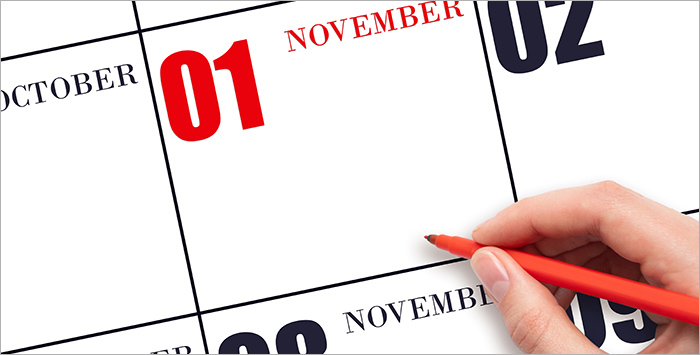Best CPR Certifications Online Of 2024 – Forbes Advisor – Technologist
Pro Tip
Taking a CPR class online can teach you the basics, but your employer might require a hands-on skills assessment. In that case, you can take a hybrid course or schedule a virtual exam.
Many jobs require CPR training, but you also might complete a course to increase your own emergency preparedness. For example, if you care for young children or an aging parent, learning CPR and first aid can offer some peace of mind.
Typically, CPR certification costs under $100, but many courses charge even less. These affordable classes take just a few hours out of your day, but they can help you save someone’s life.
What Does CPR Training Cover?
CPR training covers how to recognize and respond to a cardiac emergency. Students train to perform CPR, which involves chest compressions and rescue breathing to help maintain active blood flow if the person’s heart has stopped. They also learn to use an automated external defibrillator, or AED. Often found in public spaces and workplaces, these devices can regulate the person’s heart rhythm through electric shock.
Classes may also discuss legal implications of performing CPR, and some incorporate first aid training. You can also pursue BLS certification, a comprehensive course geared toward healthcare professionals.
What Careers Require CPR Training?
While CPR training is a great skill for anyone to have, it’s essential in certain careers. Of course, first responders and healthcare workers must keep their certifications active. But CPR and BLS training are required for many other roles, including:
If you need to earn CPR certification for your job, check your employer’s requirements before enrolling in a course. Childcare workers, for example, need specific training for infant CPR. Some employers won’t accept online-only training and will require you to pass a hands-on skills assessment.
In-Person vs. Online CPR Training
In-person CPR training provides a straightforward way to earn certification. These classes typically take two to three hours, and you can take the skills assessment right away. It also gives you the chance to ask questions and make sure you use the proper technique. After all, CPR is a physical skill that requires practice; you can’t learn it just from watching videos.
However, you might find an online CPR course to be more convenient. It’s a handy option if you don’t have a training center nearby, and you can complete the coursework in your own time. Many online providers allow you to print a certificate of completion the same day. Still, these online certifications aren’t all equal.
How To Choose an Online CPR Certification
When searching for CPR certifications online, you might be overwhelmed by the options. Your first step should be to confirm what skills you need to learn, and whether you need to complete an assessment under instructor supervision. If you’re learning for your own interest, rather than a job, your requirements will be less strict.
Unlike college degrees, CPR certifications aren’t nationally regulated. Instead, check that the program follows best practices established by respected organizations. To start, providers should keep their courses up to date with guidelines from the American Heart Association (AHA) Emergency Cardiovascular Care (ECC) and Occupational Safety and Health Administration (OSHA).
Additionally, programs might adhere to global standards laid out by the International Liaison Committee on Resuscitation (ILCOR). The AHA is a member organization of ILCOR.
Finally, you can look for recognition from the Commission on Accreditation for Prehospital Continuing Education (CAPCE), which oversees continuing education units (CEUs) for emergency responders. CAPCE accredits training organizations and approves programs to count as CEUs.


